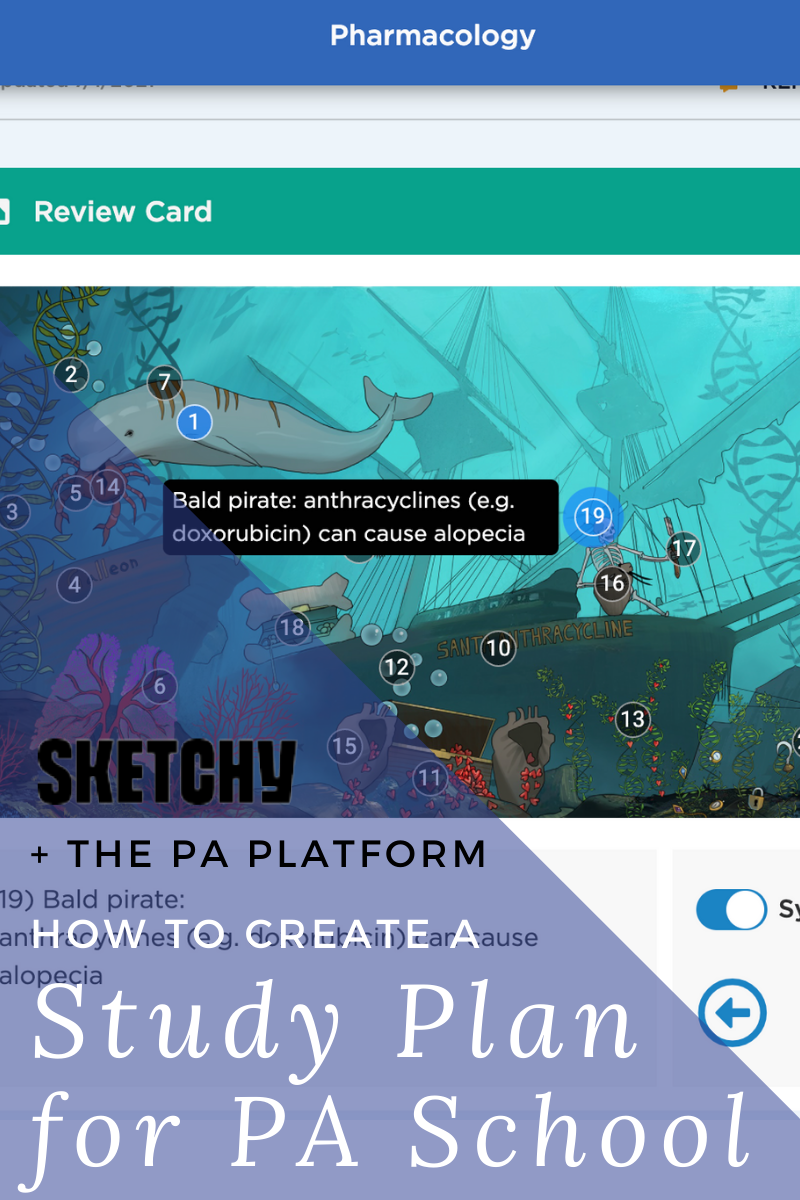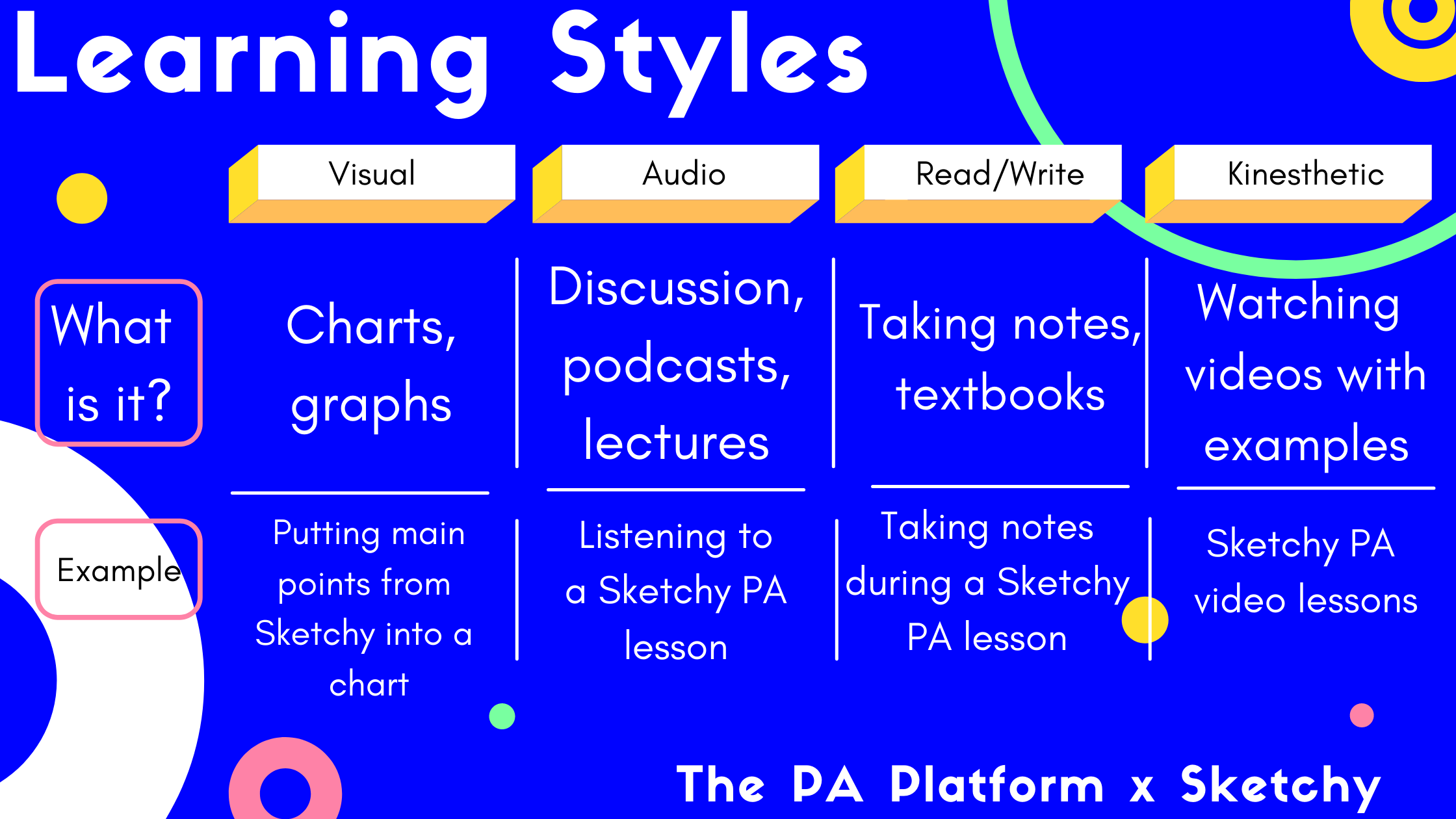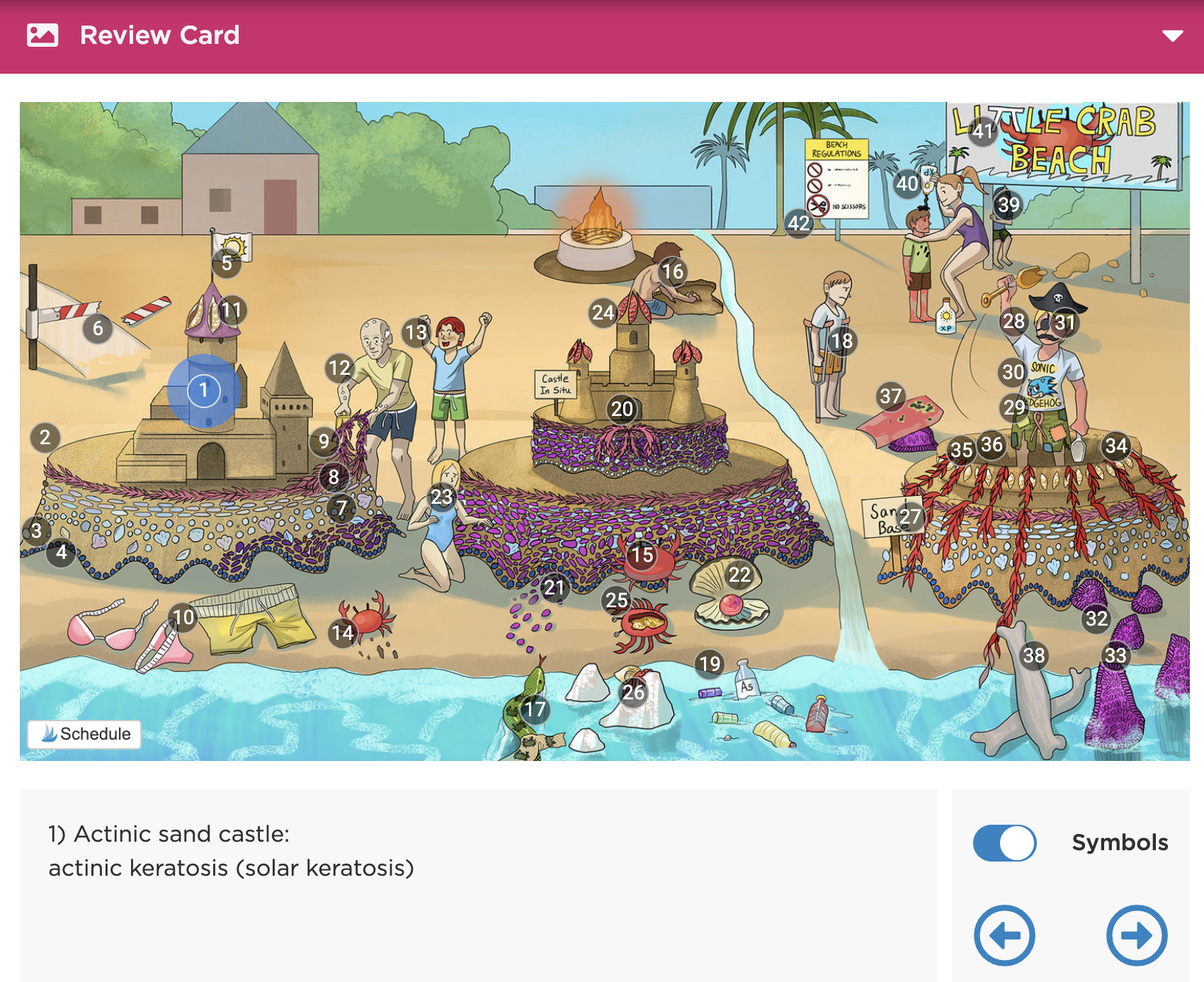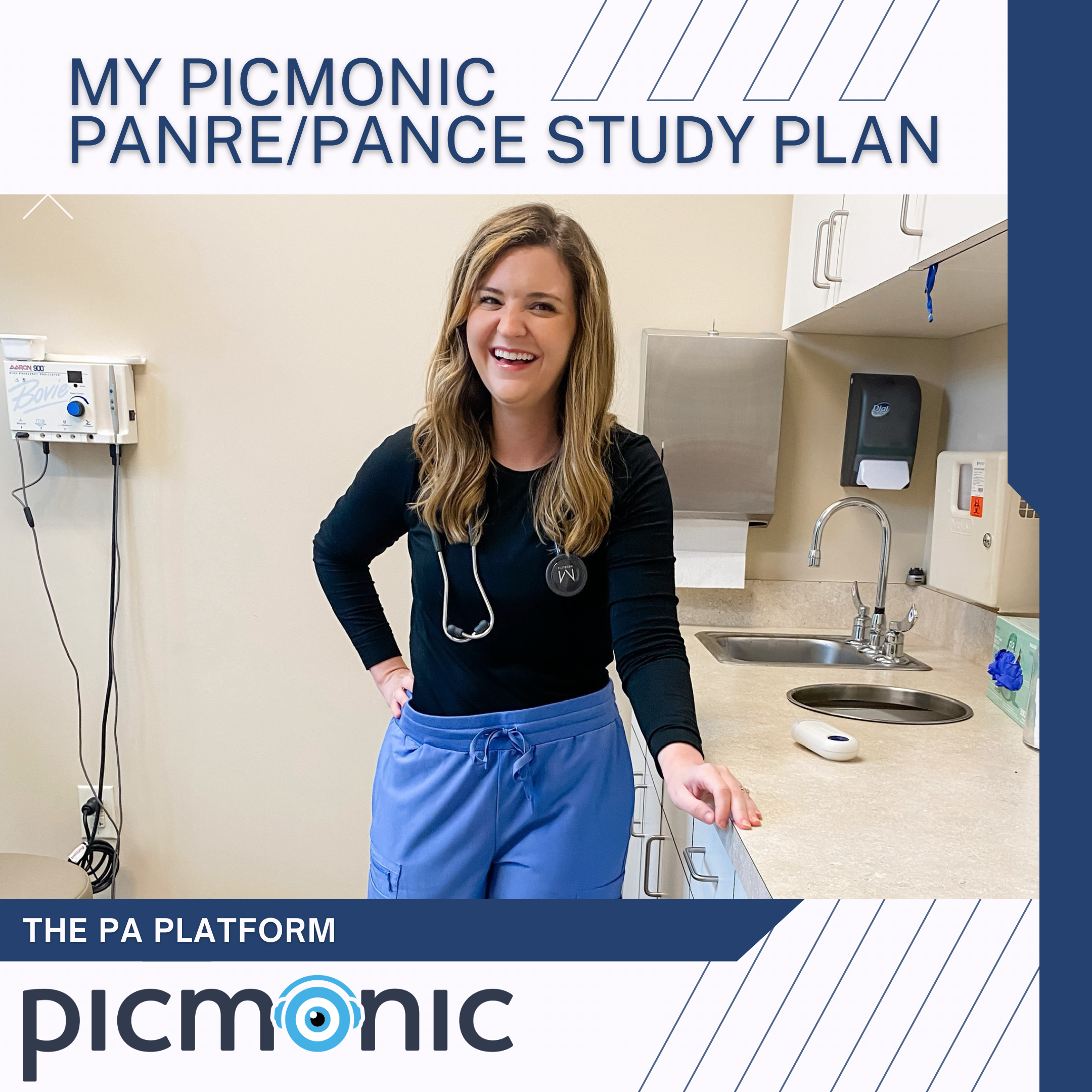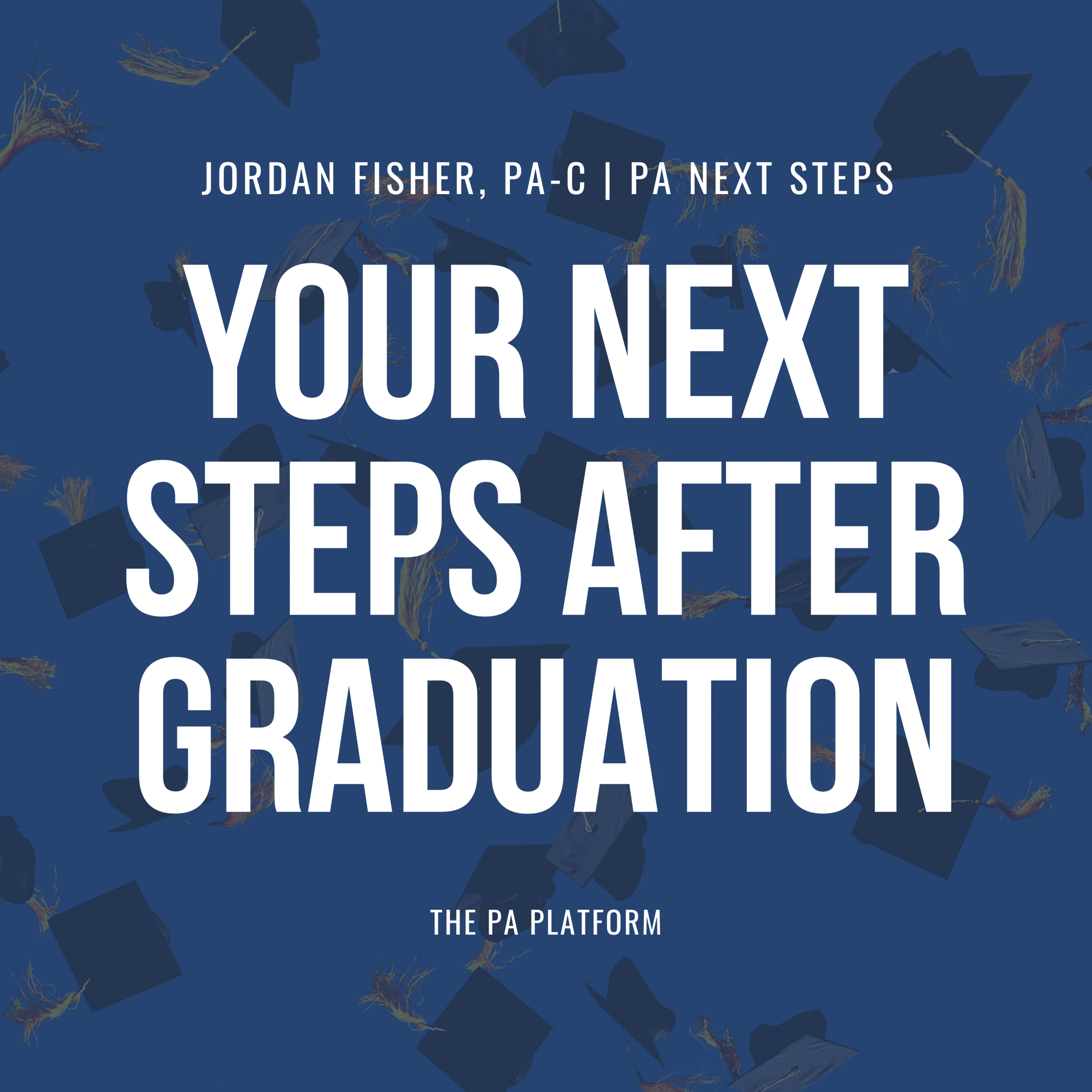Sponsored by Sketchy PA
The first thing people ask after receiving an acceptance to physician assistant school is - “What can I do to prepare myself?” With each program’s curriculum being so different, it’s difficult to get ahead, but one way to steady yourself for the difficulties of PA school is to develop a study plan. If you’re already in the thick of it and now understand what we mean by “drinking out of a fire hydrant,” you may be feeling overwhelmed by the amount of information being thrown at you every single day. It’s a lot! This blog post will help you determine your learning style, develop a study plan, and identify the most effective and efficient resources for the limited study time allotted during PA school.
What is Your Learning Style?
Many students float through high school and undergrad by adapting to each professor or class and depending on memorization. (Raising my own hand as I write this!) There isn’t a ton of focus on self reflection to determine your learning style, although doing so can make studying much easier, while also making the most of your time. I never took one of these tests until after PA school, but found I typically rank highest for Kinesthetic and Read/Write, but what does that mean?
There are tons of free quizzes online, like this one, that can quickly give you insights into how you learn best. The main identified learning methods in the VARK questionnaire are Visual, Audio, Read/Write, and Kinesthetic. In referring to the descriptions of these styles, Visual learners enjoy seeing information arranged in charts and graphs that show the information in a graphic manner versus writing, video, or photo. I love a good chart and definitely took advantage of the large whiteboards in the library during PA school. Auditory learning refers to students who best consume information through listening - podcasts, lectures, discussion, etc. Group studiers tend to fall in this category. Read/Write is somewhat self explanatory, but if you enjoy just reading the information in a textbook or on lecture notes, this may be your learning style. The last style is Kinesthetic, which is for students who like to see examples while learning to connect the subjects with experiences.
You may find yourself relating to multiple areas, and upon figuring out this information, it’s essential to recognize and adapt if a study method isn’t working for you or switch between styles when needed. PA school will be a rotating experience of different professors and testing styles, and you may need to adjust your study style along with them.
Once you have an idea of how you learn best, determine what type of other learners you study most effectively with. Group study isn’t necessarily just quizzing each other, but having a cohort of similarly minded students will help keep you on track and make studying a little bit more fun. While I personally don’t do well with “talking it out” or “teaching each other,” many students in my class preferred that method in their study groups. Being a more visual learner, I collaborated with 2-3 other students in the library, and while we mostly studied independently, we encouraged each other to keep going and asked questions when needed. We were also able to share helpful resources when the lecture notes weren’t sufficient. Moral of the story - Figure out what works for you, and stick with it unless it isn’t working anymore.
Developing a Study Plan
The majority of PA programs schedule lectures Monday through Friday from 8-5. So when are you supposed to study?? How can you take care of yourself in the process?? You’ll likely have an adjustment period while figuring this out, which is normal, but the sooner you set a schedule, the better. Most resources you use, like Sketchy PA, will give options for different lengths of use possibly ranging from 6-24 months to get you through PA school and help you plan your learning.
Take a look at your class schedule and determine if there are any pockets of time that you can use for studying. Are you a morning person or a night owl? I found studying early in the morning was much more effective for me when my mind was fresh before lecture. Look at your curriculum to see which topics and lectures are coming up and compare to the NCCPA Blueprint. Throughout all of your PA school education, remember that you are preparing for the PANCE! This brings us to the next point, which is finding the tools that will make your life easier.
Identifying and Using Study Resources
Once you have a learning style and know what time you have available for studying, identifying the appropriate resources that will be most efficient for that allotted period. Realize early on that you will not be able to use every resource out there and what works for a classmate may not work for you. To illustrate the importance of finding a resource that will satisfy multiple learning styles, let’s take Sketchy PA as an example.
Unfortunately, these visual study aids were not prevalent when I was in PA school, but it seems to be a gold standard now. Why is that? Sketchy develops interactive learning with videos that help students remember material by connecting an image of a visual scene with the essential information, while showing the application of the material. We’re covering Kinesthetic, Visual and Audio learning, and if you take notes, you’ve got Read/Write done too!
The videos created by Sketchy are specifically designed for PA students to highlight the information that is emphasized in the NCCPA Blueprint. To hear more about how this resource was developed, listen to this podcast episode with the PA Director at Sketchy, Prof. Moini. The image above shows a video with different symbols that are highlighted and explained in this story to help students retain information better and apply it. The videos are developed to supplement and support what you learn in the classroom, and kept to shorter lengths so you have digestible bite-size info for your small pockets of time. After solidifying the knowledge, use the review cards to make sure you understand the main points thoroughly.
Most resources, like Sketchy, have a free trial so you can try it out and see if it will work for your learning style and study plan. Take some time to give it a shot, and I would love to hear your experience in the comments.
Take advantage of the Black Friday 2021 deal and use code PA20BF for 20% off all plans! If you miss out on that deal, SKETCHYSP will get you 10% off anytime.

